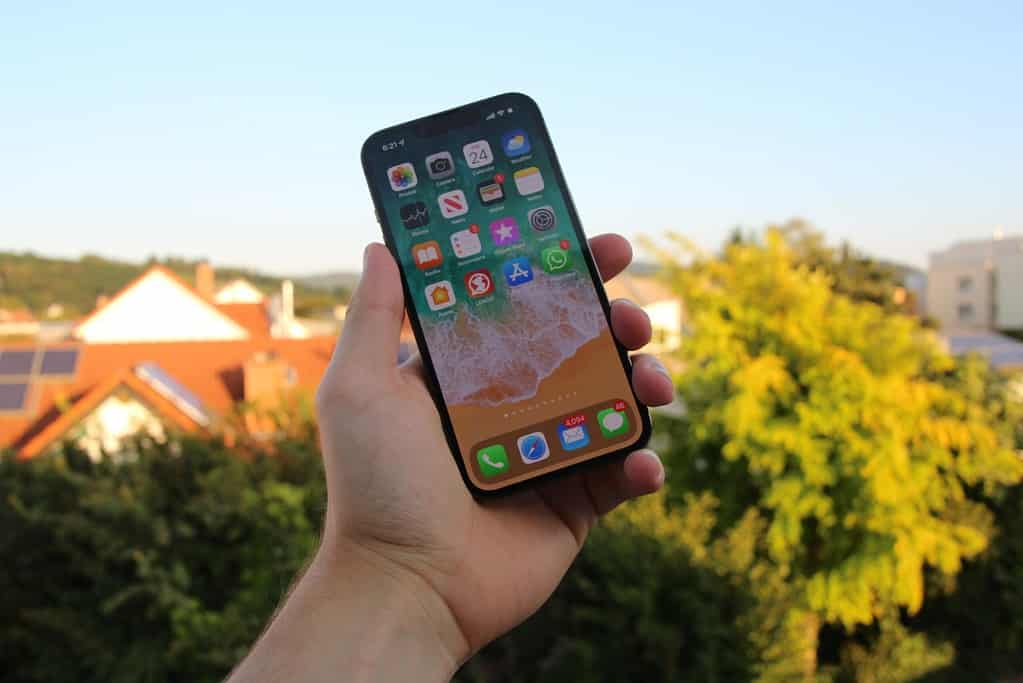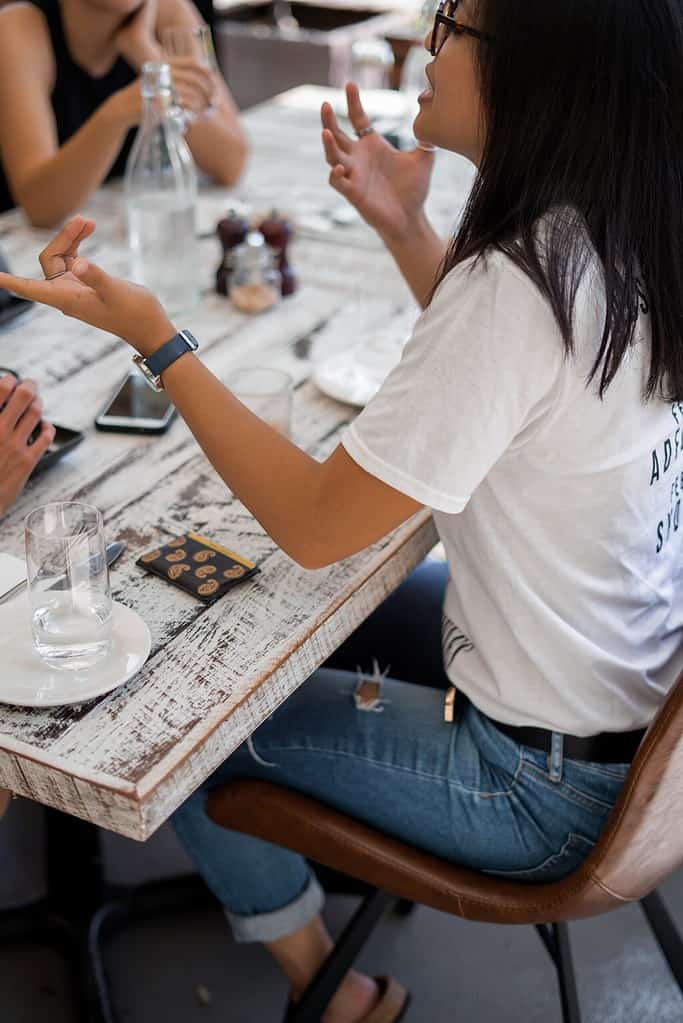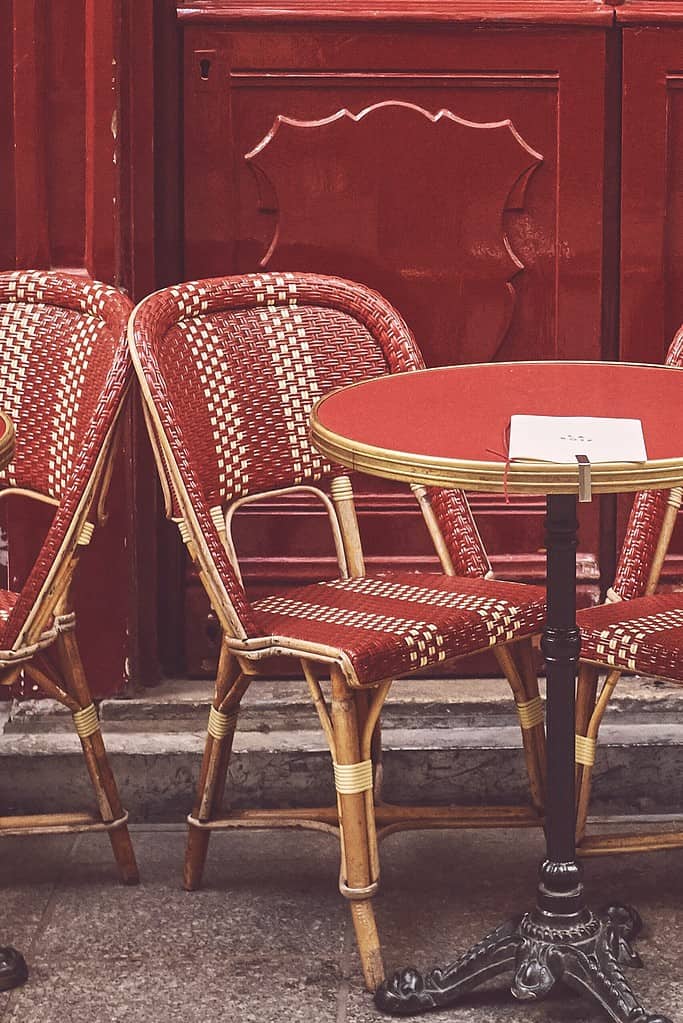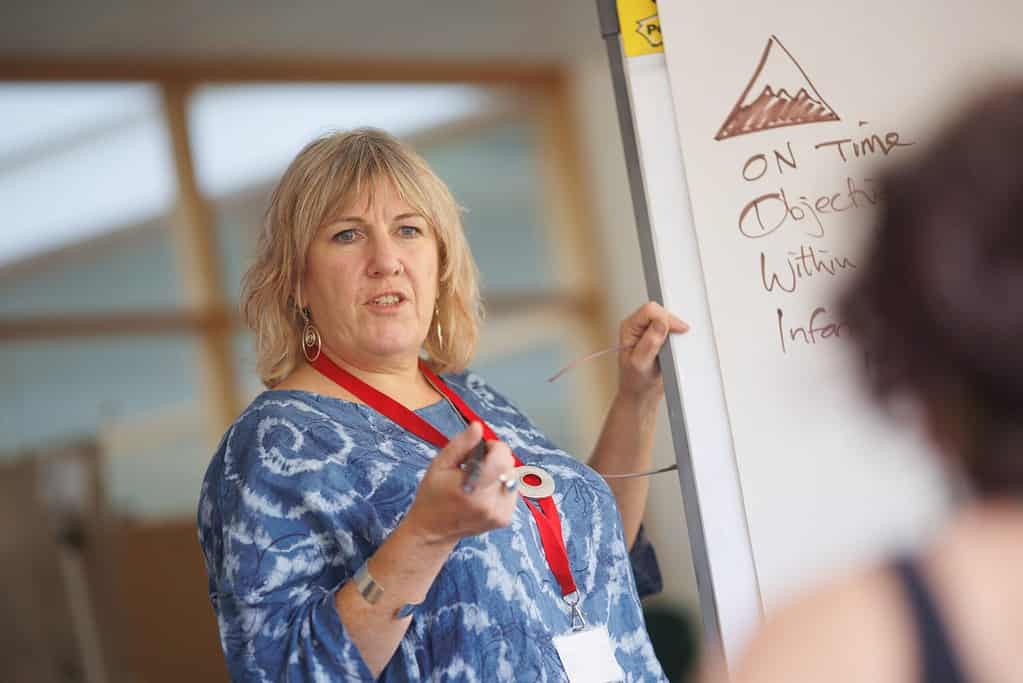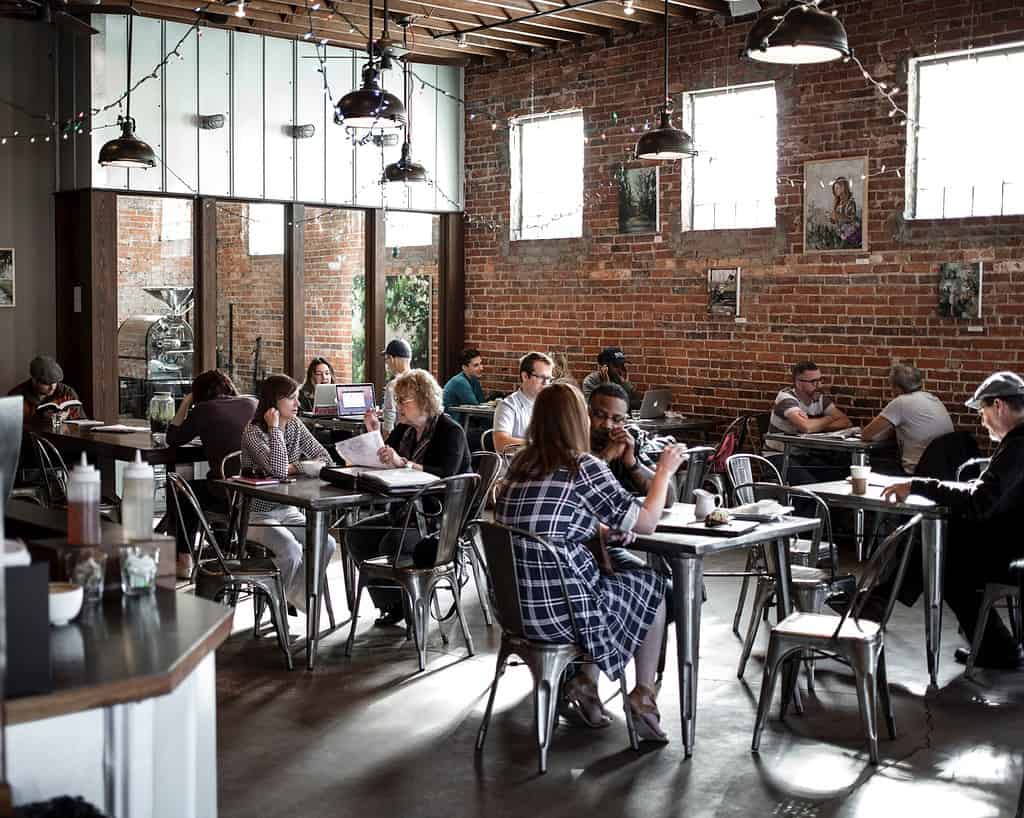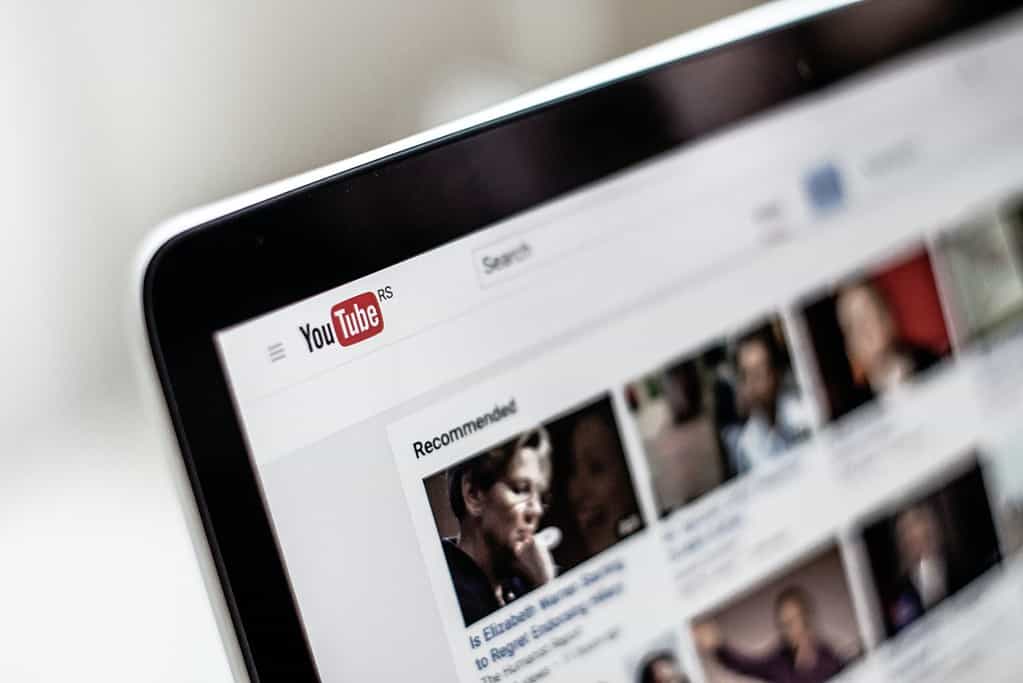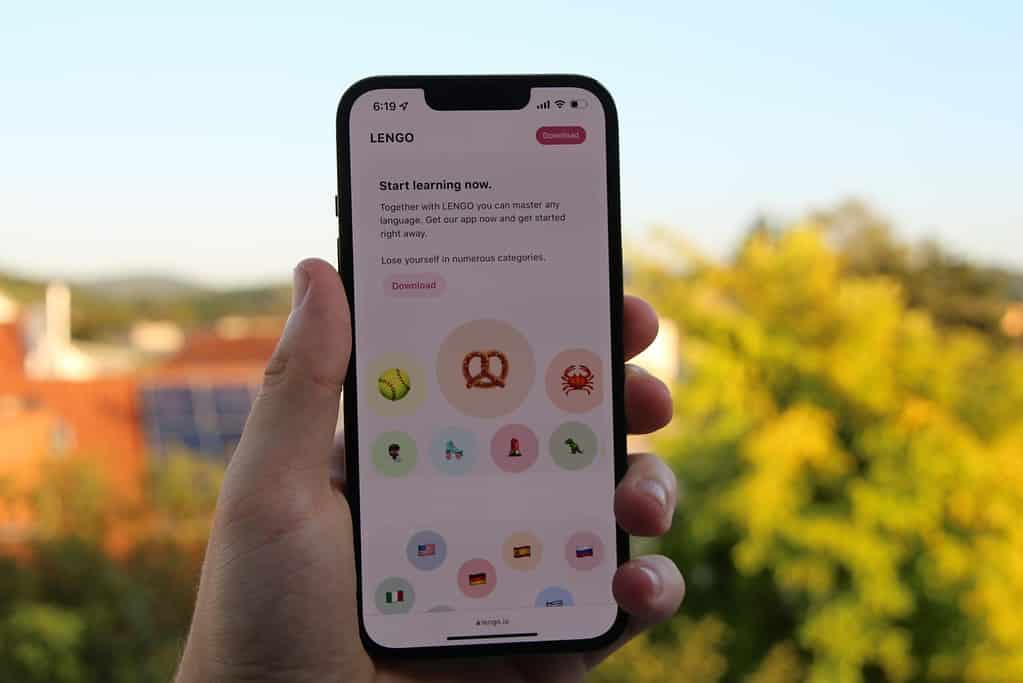Virtual reality is reshaping how we learn languages, and mastering French is no exception. As technology pushes forward, immersive learning environments provide rich contexts that help transform abstract grammar rules and vocabulary into real-life experiences. Imagine stepping into a bustling Parisian café or wandering ancient streets in the heart of Lyon—all from the comfort of your living room. This guide explores how VR is opening up new dimensions in language education while offering practical tips to help you make the most of these innovative tools. For English speakers eager to build conversational confidence, the future of French language practice is not only technical—it’s also fun, engaging, and undeniably effective. Visit swaplang for more insights on how technology can enhance your language journey.
The Role of VR in Modern Language Education
Virtual reality has moved well beyond gaming and entertainment, establishing itself as a serious educational tool. Immersive VR environments simulate real-world contexts that help learners practice language skills in situational settings. Research from Virtual Reality in Education: Transforming Learning Methods – Immerse Education explains that VR-based learning taps into visual, auditory, and even kinesthetic modalities, which is especially beneficial for language learners who need to see vocabulary in context and hear natural intonation. Similarly, findings shared by VR in Education: Advancing Learning Through Immersive VR – Intel suggest that immersive experiences boost engagement and retention by placing students in simulated scenarios that echo real-life encounters. Just as you might practice ordering a coffee or navigating a busy street, VR allows you to rehearse these interactions repeatedly until they become second nature.
Top VR Applications for Learning French
Several VR applications are leading the way when it comes to learning French in immersive environments. For instance, platforms like Mondly offer VR experiences that allow learners to interact with virtual characters, simulating everyday conversations with native speakers. Another innovative tool, Lingopie, provides access to French shows and movies with integrated language lessons, meaning you can get exposure to authentic dialogue while enjoying captivating narratives. The interactive nature of these applications makes them ideal for practicing pronunciation, exploring cultural nuances, and even building confidence before stepping into a real conversation. Whether you are a beginner or an advanced learner, these applications help bridge the gap between textbook French and the language as it’s naturally spoken on the streets of Paris or Marseille.

Setting Up Your VR for Language Practice
Before diving deep into VR-based language practice, it’s crucial to have a setup that enhances rather than hinders your learning experience. First, ensure your VR hardware is correctly configured and that you’re working in a safe, clutter-free area where sudden movements won’t cause bumps or distractions. Clean room lighting that doesn’t interfere with sensors can make a big difference as you interact with virtual worlds. Next, select the applications or VR experiences that align with your French learning goals. You might alternate between environments that simulate everyday situations—like visiting a market or exploring a museum—and apps that focus solely on conversational skills. It can also be useful to complement your VR sessions with structured language practice. For example, combining interactive VR sessions with one-to-one exchanges on platforms like swaplang can provide both immersive practice and targeted conversational feedback. Additionally, refer to practical guides such as Education And VR: How Virtual Reality Transforms The Classroom for further insights into optimizing your technical setup and maximizing the educational benefits of VR.
Real-Life Learner Stories: French with VR
Nothing beats real-life success stories when it comes to understanding the impact of technology on language learning. Learners from various backgrounds are integrating VR into their daily routines with impressive results. One anecdote involves a student who used virtual reality to navigate a simulated Parisian neighborhood, ordering food at a virtual restaurant and interacting with digital vendors. This immersive practice not only boosted her vocabulary but also drastically improved her pronunciation and comprehension. Another inspiring example features a group of language enthusiasts who formed a VR study circle, turning their sessions into mini-adventures through different French regions—from the coastal vibes of Nice to the historic charm of Bordeaux. These success stories show that when combined with traditional learning methods, VR offers a powerful, transformative tool for language acquisition. They also underscore the idea that modern language education is about experience and interaction. Meanwhile, for more engaging ways to experience French culture and language, consider exploring topics like environmental conservation in French through engaging conversations. You might find a narrative that intertwines language, culture, and technology to be the perfect inspiration for your next learning session.
If you’re ready to embrace the future of language learning, why not take the plunge? With tools like VR enhancing your ability to grasp spoken French in authentic contexts, signing up for immersive, real-world practice on swaplang can help you master conversational French faster than ever before. Start your journey today by visiting swaplang and experience firsthand how innovative technology can transform your French learning adventure.



